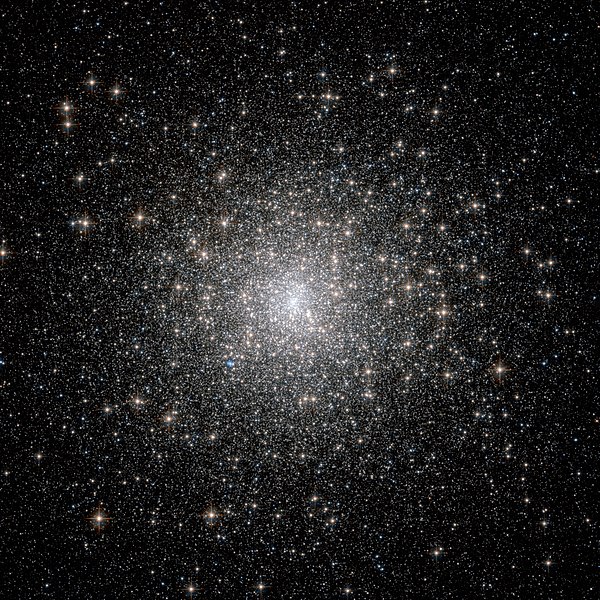Файл:Messier 15 HST.jpg

Алдан карауның зурлыгы: 600 × 600 нокта. Башка ачыклык: 240 × 240 нокта | 480 × 480 нокта | 768 × 768 нокта | 1024 × 1024 нокта | 2048 × 2048 нокта | 4089 × 4089 нокта.
Төп файл (4089 × 4089 нокта, файл зурлыгы: 4,55 Мб, MIME төре: image/jpeg)
Файл тарихы
Файлның нинди булганлыгын күрү өчен «дата/вакыт» дигәненә басыгыз.
| Дата/вакыт | Кече рәсем | Үлчәмнәре | Кулланучы | Искәрмә | |
|---|---|---|---|---|---|
| агымдагы | 4 май 2011, 09:42 |  | 4089 × 4089 (4,55 Мб) | Originalwana | higher res |
| 18 фев 2011, 21:12 |  | 1280 × 1280 (721 Кб) | Jmencisom | {{Information |Description ={{en|1=The dazzling stars in Messier 15 look fresh and new in this image from the NASA/Hubble Space Telescope, but they are actually all roughly 13 billion years old, making them some of the most ancient objects in the Unive |
Файлны куллану
Әлеге файл киләсе битне куллана:
Файлның гомуми кулланышы
Әлеге файл аста бирелгән викиларда куллана:
- af.wikipedia.org проектында куллану
- ca.wikipedia.org проектында куллану
- ce.wikipedia.org проектында куллану
- cs.wikipedia.org проектында куллану
- de.wikipedia.org проектында куллану
- diq.wikipedia.org проектында куллану
- en.wikipedia.org проектында куллану
- en.wikiversity.org проектында куллану
- eo.wikipedia.org проектында куллану
- eu.wikipedia.org проектында куллану
- fr.wikipedia.org проектында куллану
- gd.wikipedia.org проектында куллану
- id.wikipedia.org проектында куллану
- it.wikipedia.org проектында куллану
- it.wikibooks.org проектында куллану
- ja.wikipedia.org проектында куллану
- ko.wikipedia.org проектында куллану
- mg.wikipedia.org проектында куллану
- ml.wikipedia.org проектында куллану
- ms.wikipedia.org проектында куллану
- nds.wikipedia.org проектында куллану
- nl.wikipedia.org проектында куллану
- no.wikipedia.org проектында куллану
- pl.wikipedia.org проектында куллану
- pt.wikipedia.org проектында куллану
- ru.wikipedia.org проектында куллану
- simple.wikipedia.org проектында куллану
- sl.wikipedia.org проектында куллану
- tr.wikipedia.org проектында куллану
- uk.wikipedia.org проектында куллану
- www.wikidata.org проектында куллану
- zh-yue.wikipedia.org проектында куллану
- zh.wikipedia.org проектында куллану